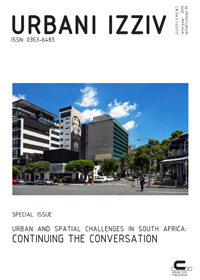 Kazalo
Kazalo
Slike
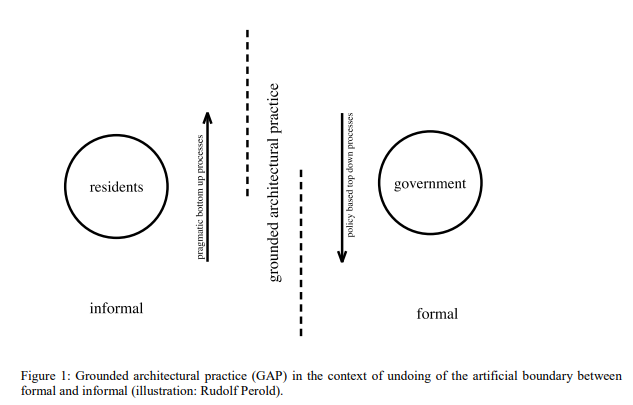
Slika 1: Grounded architectural practice (GAP) in the context of undoing of the artificial boundary between formal and informal (illustration: Rudolf Perold)
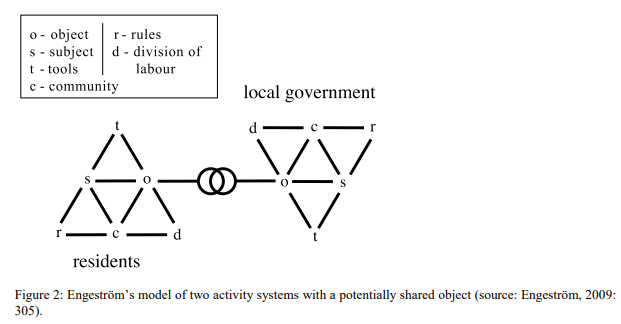
Slika 2: Engeström’s model of two activity systems with a potentially shared object (source: Engeström, 2009: 305)
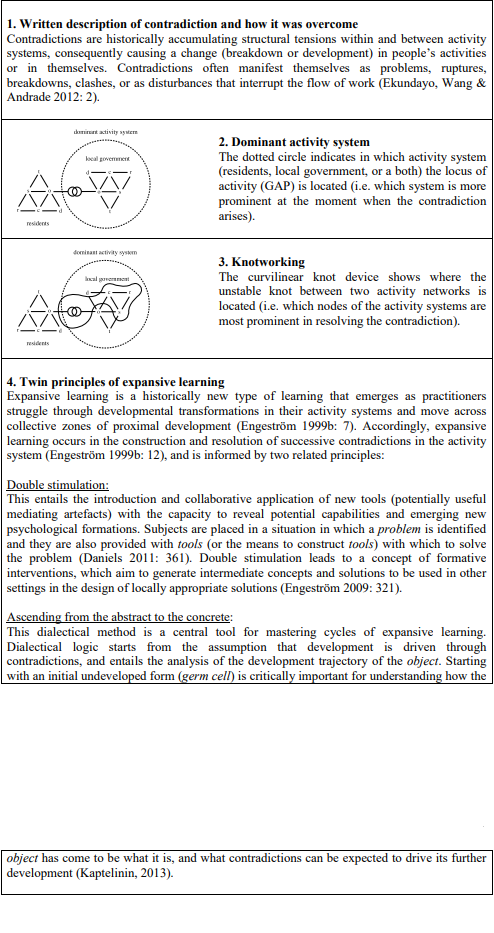
Slika 3: Analytical framework based on Engeström’s model of two activity systems and the principles of CHAT (source: Engeström, 2009: 305)
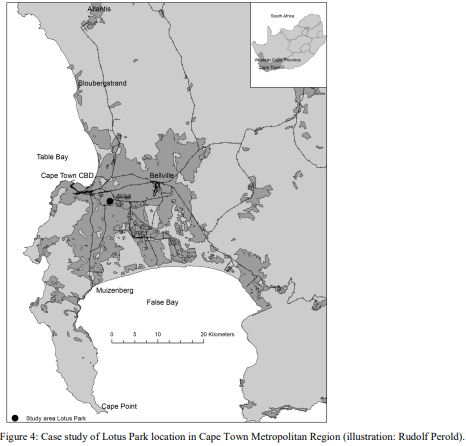
Slika 4: Case study of Lotus Park location in Cape Town Metropolitan Region (illustration: Rudolf Perold)
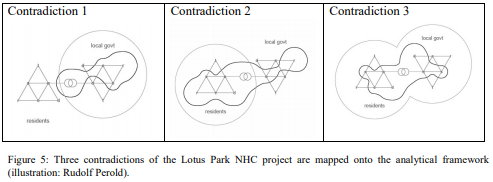
Slika 5: Three contradictions of the Lotus Park NHC project are mapped onto the analytical framework (illustration: Rudolf Perold)
Urbani izziv Leto 30, št. supplement, februar 2019
: 96-111
(Članki)
doi: 10.5379/urbani-izziv-en-2019-30-supplement-007
Avtor
Rudolf PEROLD
Department of Architectural Technology and Interior Design, Cape Peninsula University of Technology, Cape Town, South Africa
peroldr@cput.ac.za
Ronnie DONALDSON
Department of Geography and Environmental Studies, Stellenbosch University, Stellenbosch, South Africa
rdonaldson@sun.ac.za
Oswald DEVISCH
Faculty of Architecture and Art, Hasselt University, Diepenbeek, Belgium
oswald.devisch@uhasselt.be
Naslov članka
Architecture in Southern African informal settlements: A
contextually appropriate intervention
Povzetek
Architectural professionals can contribute to efforts at achieving sustainable urbanism. However, the realm of
professional discourse is extremely limited. Grounded architectural practice (GAP) is developed as a conceptual
framework to explore an emergent form of contextually appropriate architectural practice in the context of a
resident-driven in situ informal settlement upgrading project. The exploration takes the form of a descriptive
narrative. Each challenge that arose during the descriptive narrative was mapped according to Engeström’s
activity system model, an analytical tool emanating from cultural-historical activity theory (CHAT). By
participating in live projects in informal settlements and analysing these projects by means of CHAT, the
authors explored the highly improvising and generative everyday practices of the urban majority. Architectural
practice in such a context requires a multi-disciplinary approach which extends beyond conventional
professional boundaries, and attention must be paid to building the capacity of all participants to function in
such uncharted territory.
Ključne besede
sustainable urbanism, informal settlements, in situ upgradings, architectural practices, live projects, activity theory